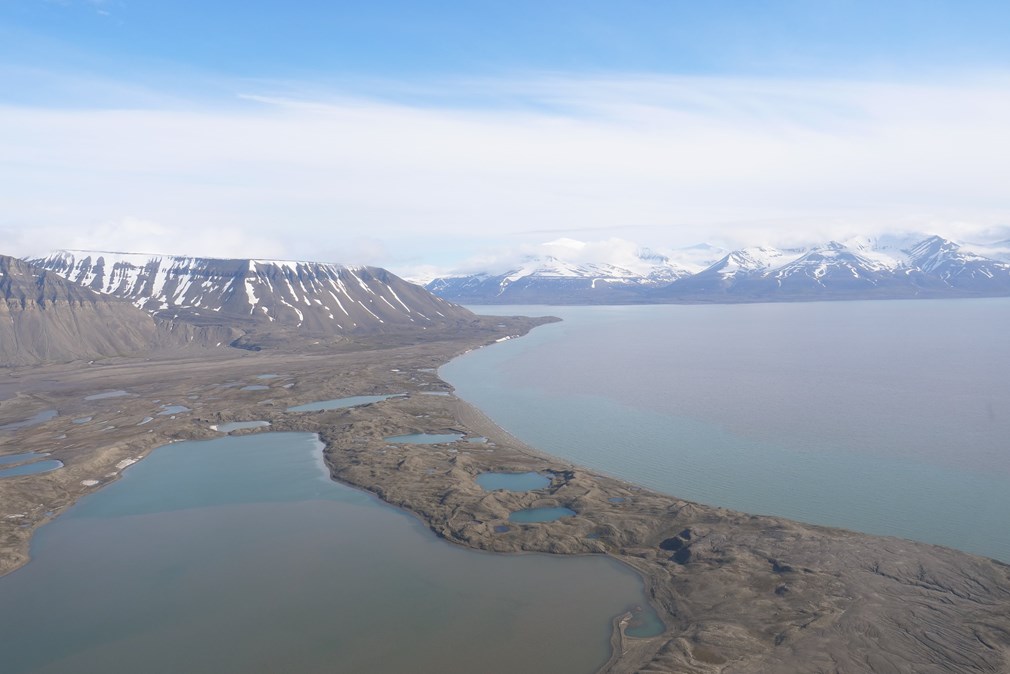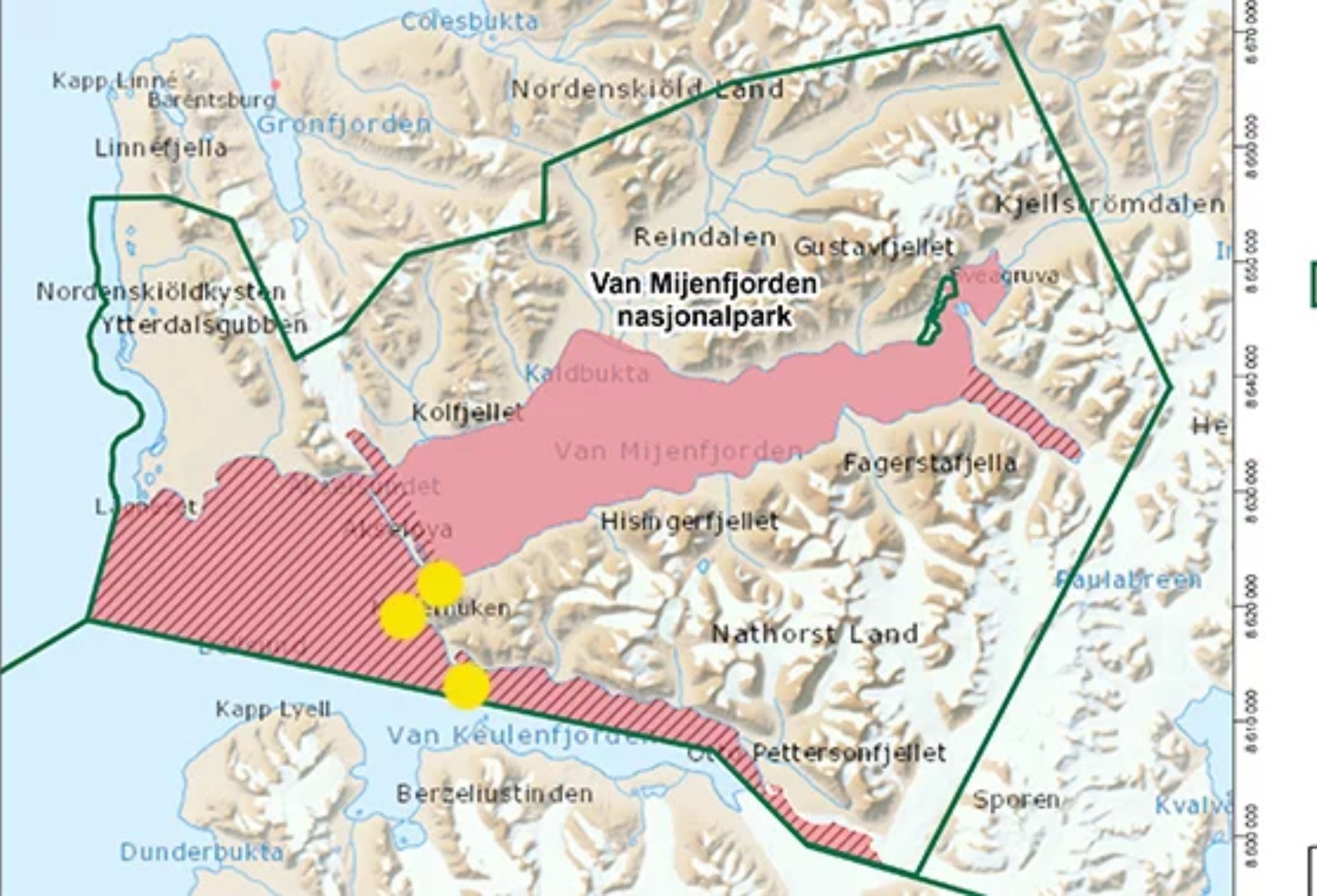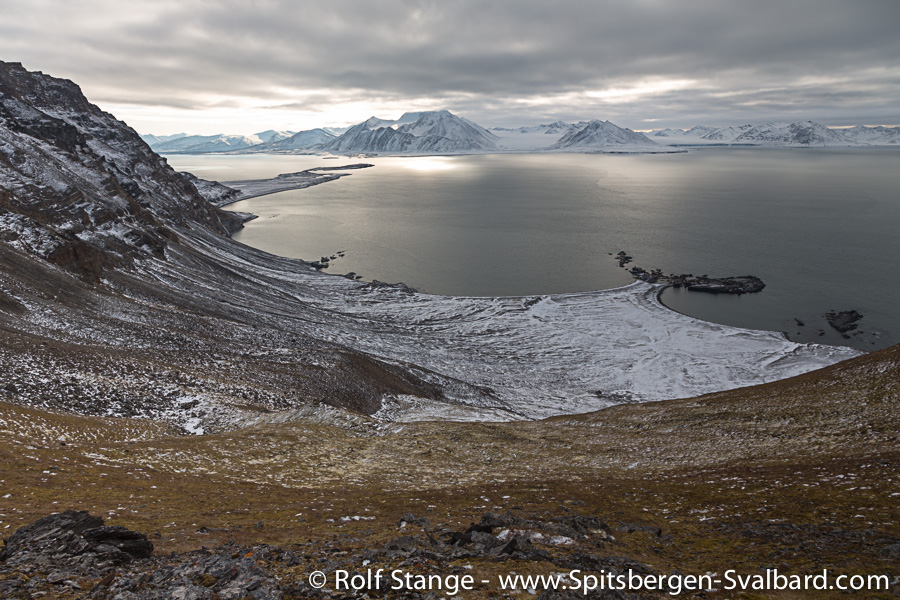- Sustainable Planet -
- 4mins -
- 256 views
Norway Closes its Last Arctic Coal Mine to turn Land back into Giant National Park wilderness
Norway is dismantling their last arctic mine in Svalbard piece by piece and creating an additional 1,125 square miles (2,914 square kilometers) of wilderness called Van Mijenfjorden National Park.
Protect Van Mijenfjorden to protect seals and polar bears
Climate change has led to major reductions in the distribution of sea ice on the west side of Svalbard. This means that the habitat for ice-dependent species such as ringed seals and polar bears has decreased drastically. Norway’s Ministry of Climate and the Environment has now commissioned the Governor to prepare a proposal for the expansion of Nordenskiöld Land National Park, so that the park includes the Van Mijenfjord and the surrounding land area, an additional 1,125 square miles (2,914 square kilometres).

Norway’s goal is for Svalbard to be one of the best managed wilderness areas in the world
Of the fjords on the west coast of Svalbard is the Van Mijenfjord, where it is expected that the sea ice will last the longest after a quarter as the climate warms. One can thus expect that this fjord will become more important as a habitat for ringed seals and polar bears on the west side of Svalbard in the future. This creates a need to shield wildlife here from disturbance and other negative impacts.
The government’s goal is for Svalbard to be one of the best managed wilderness areas in the world. This requires that we implement measures to deal with climate change and the pressure of increasing traffic brings with it. The protection of the Van Mijenfjord and the surrounding area is a direct response to this, says Minister of Climate and Environment Sveinung Rotevatn.
The former mining area becomes a national park
The extensive clean-up and restoration of nature in the former mining area in Svea has made it possible to include most of these areas in the expanded national park.
-The fact that most of the former mining area in Svea no is now incorporated into the national park shows that restoration of nature and ecosystem is useful. Former owners, the disused shooting range at Hjerkinn has also been restored and incorporated into Dovrefjell-Sunndalsfjella National Park. We are now in the UN’s decade of ecosystem restoration. These two examples show that Norway takes such restoration seriously and is willing to spend resources on this, says Rotevatn.
From 27-30 June, the Minister visited Svalbard, among other things to mark the official opening of Van Mijenfjorden National Park.
Regulations on Van Mijenfjorden National Park on Svalbard – Lovdata (in Norwegian)
Source: Regjeringen.no

clean-up work after decades of coal mining estimated to cost 706 million kroner
Until a few years ago, big coal vessels sailed the Van Mijen fjord to load coal from the Svea mine. Today, work is in full swing to dismantle all mining and housing infrastructure at Svea, including the large port loading facility.
In total, the clean-up work after decades of coal mining is estimated to cost 706 million kroner (€74 million/$85.5 million), the Barents Observer has previously reported.
Mining in Lunckefjell near Svea was halted in October 2016 and in 2019, the government decided to cease all further coal mining in the area. The mining company, Store Norske, is owned by the state. Most of the former mining sites are included in the new national park.
With the closure of Lunckefjell and Svea, the only remaining operational coal mines on Svalbard were Mine 7 near Longyearbyen and the Russian mine in Barentsburg. Mining in the Russian settlement of Pyramiden stopped in 1998. Last summer, after days of record heat at Svalbard, water penetration from an above melting glacier caused flooding inside Mine 7, and production was halted for months.
There are seven national parks and twenty-three nature reserves at Svalbard, covering two-thirds of the archipelago.
Source: TheBarentsObserver



